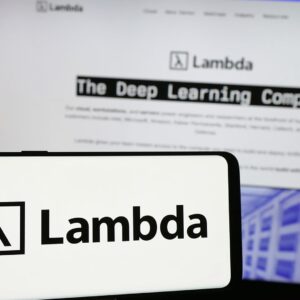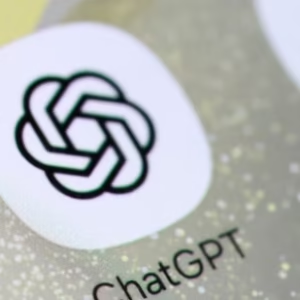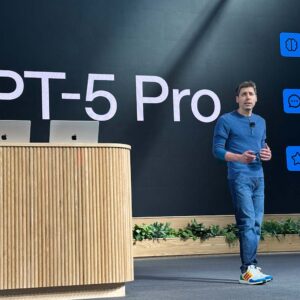In a groundbreaking collaboration, Stanford University and NVIDIA have introduced TTT-MLP, an innovative AI model that transforms simple text prompts into fully animated, one-minute videos. This cutting-edge technology is making waves in the world of artificial intelligence, bringing classic animation to life with just a few words. Let’s dive into what makes this AI so exciting and how it could change the way we create animated content.

What is TTT-MLP?
TTT-MLP, short for “Text-to-Time-MLP,” is a new AI model designed to generate smooth, high-quality animated videos from text inputs. Imagine typing a description like “Tom and Jerry chasing each other in a wild kitchen chase” and watching a one-minute cartoon come to life without any manual drawing! This model uses a technique called “test-time training” to adapt and refine its output in real-time, ensuring the animations are consistent, fluid, and packed with storytelling flair.
Unlike random, disjointed frames, TTT-MLP focuses on creating videos with better character fidelity and coherent narratives. The result? Animations that feel like they’re straight out of a classic cartoon, all powered by AI. This is a big leap from earlier models that struggled with choppy motion or lacked a clear storyline.
How Does It Work?
The magic behind TTT-MLP lies in its ability to learn and adjust as it generates. By updating its internal “state” during the process, the AI ensures smoother movements and more lifelike character actions. Whether it’s Tom swinging a frying pan or Jerry dodging with a grin, the model captures the essence of these iconic characters based solely on text. This adaptability sets it apart, making it a tool that’s both creative and efficient.
The collaboration between Stanford’s research expertise and NVIDIA’s advanced computing power has made this possible. Together, they’ve harnessed the latest in AI technology to push the boundaries of what machines can create.
Why It Matters
This development is a game-changer for animators, filmmakers, and content creators. Traditionally, producing an animated video requires hours of drawing, storyboarding, and editing. With TTT-MLP, the process becomes faster and more accessible, even for those without advanced animation skills. It opens the door for small creators, educators, and businesses to produce engaging animated content with ease.
Plus, the ability to generate Tom and Jerry-style chaos from a simple prompt shows the potential for nostalgia-driven entertainment. Fans of classic cartoons can now see their favorite characters in new, AI-crafted adventures—without waiting for a studio to greenlight a project.
The Future of Animation
While TTT-MLP is still a new technology, its potential is huge. As the model improves, we might see it used in movies, video games, and even personalized animations for social media. It could also inspire new creative tools, letting anyone with a good idea turn it into a mini animated story. The partnership between academia and tech giants like NVIDIA hints at more exciting innovations on the horizon.
For now, the five wild examples shared by the creators showcase the fun and creativity this AI can unleash. From hilarious chases to unexpected twists, these videos prove that TTT-MLP isn’t just a tool—it’s a new way to imagine storytelling.
Final Thoughts
The unveiling of TTT-MLP by Stanford and NVIDIA marks an exciting chapter in AI-driven animation. It’s a blend of technology and creativity that promises to make animation more approachable and entertaining. Whether you’re a fan of classic cartoons or just curious about AI’s future, this breakthrough is worth keeping an eye on.
Reference Article Links
- General Overview of AI in Animation
- NVIDIA’s AI Innovations
- Stanford AI Research Highlights










1 Comment